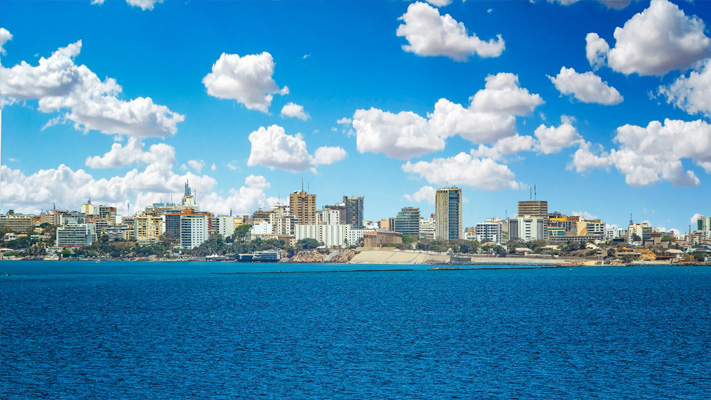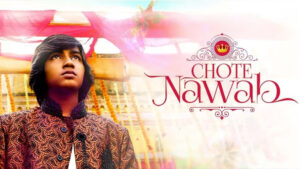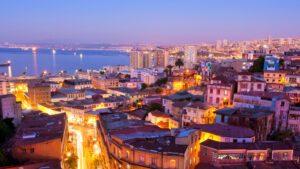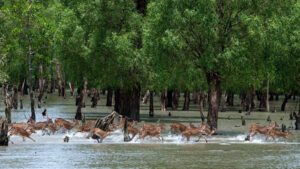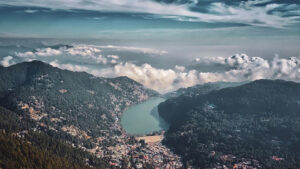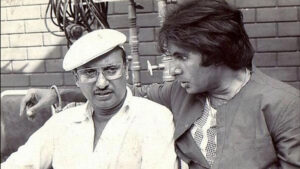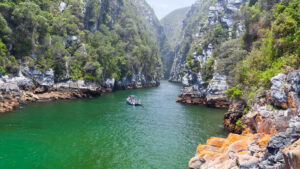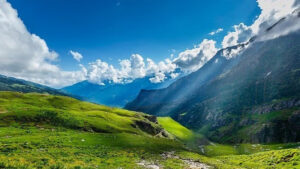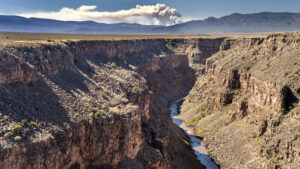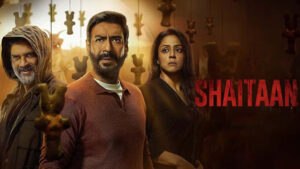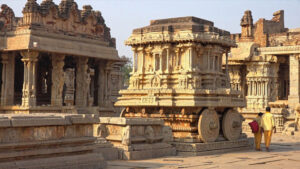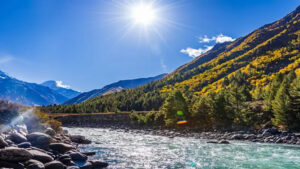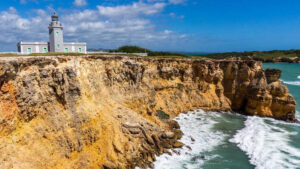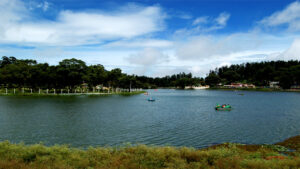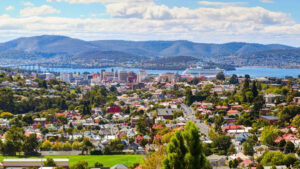DAKAR, SENEGAL – DISCOVER THE BEAUTY OF A VIBRANT CULTURE AND WARMTH OF DAKAR

Dakar is the capital and largest city of Senegal, located on the westernmost point of Africa. It is a vibrant and bustling city that serves as a major economic and cultural hub for the region. Here are some key facts about Dakar:

History: Dakar was founded in the 15th century by the Lebou people and later became a major center for trade and commerce due to its strategic location. It was colonized by the French in the 19th century and became the capital of French West Africa in 1902. Senegal gained independence in 1960, and Dakar became the capital of the new nation.
Culture: Dakar is known for its rich cultural heritage and is a center for music, dance, and art. The city is home to numerous museums, galleries, and cultural centers, including the African Renaissance Monument, the IFAN Museum of African Arts, and the Dakar Grand Mosque.
Economy: Dakar is the economic capital of Senegal and serves as a major center for trade, finance, and tourism. The city is home to the Port of Dakar, which is one of the busiest ports in West Africa, as well as numerous international companies and organizations.
Landmarks: Dakar is home to several landmarks and attractions, including the Gorée Island, a UNESCO World Heritage Site that was once a major center for the slave trade, and the Dakar Rally, an annual off-road race that takes place in the surrounding desert.
Cuisine: Dakar is known for its delicious cuisine, which is influenced by both West African and French flavors. Popular dishes include thieboudienne, a fish and rice dish, and yassa, a chicken or fish dish with onions and lemon.

What Makes it a Popular Tourist Destination
Dakar is a popular tourist destination due to its unique blend of culture, history, and natural beauty. Here are some of the factors that make it an attractive destination for tourists:
Cultural Heritage: Dakar is home to a vibrant cultural scene, with a rich and diverse cultural heritage. Visitors can explore the city’s numerous museums, galleries, and cultural centers to learn about its history and traditions.
Beautiful Beaches: Dakar is home to some of the most beautiful beaches in West Africa, including N’Gor Island, which is popular for swimming, sunbathing, and surfing.
Music and Dance: Dakar is known for its lively music and dance scene, with numerous venues showcasing traditional and modern styles. Visitors can enjoy live music and dance performances throughout the city, especially at nightclubs and open-air venues.
Landmarks and Attractions: Dakar is home to several landmarks and attractions, including the African Renaissance Monument, a giant statue that overlooks the city, and the Pink Lake, a natural wonder with pink-colored waters.
Delicious Cuisine: Dakar is known for its flavorful cuisine, which is influenced by both West African and French flavors. Visitors can try traditional dishes like thieboudienne and yassa at local restaurants and street food stalls.
Experiences for Tourists
There are many experiences for tourists to enjoy in Dakar, Senegal. Here are a few:
Explore Gorée Island: This UNESCO World Heritage site was once a major center for the transatlantic slave trade and is now a peaceful and picturesque island with charming colonial architecture and a rich history.
Visit the African Renaissance Monument: This giant statue is the tallest in Africa and offers stunning panoramic views of the city.
Enjoy the Beaches: Dakar is home to some beautiful beaches, including N’Gor Island and Yoff Beach, where visitors can swim, sunbathe, and enjoy water sports like surfing and kiteboarding.
Discover Local Markets: Dakar is known for its vibrant markets, including the colorful Marché Sandaga, where visitors can shop for traditional crafts, clothing, and souvenirs.
Experience Traditional Music and Dance: Dakar is home to a lively music and dance scene, with many venues offering traditional and modern styles. Visitors can enjoy live performances and even take dance classes.
Taste the Local Cuisine: Senegalese cuisine is delicious and diverse, with influences from West Africa, France, and beyond. Visitors can try traditional dishes like thieboudienne, yassa, and pastels at local restaurants and street food stalls.
Take a Desert Safari: Visitors can venture out of the city to explore the surrounding desert on a safari tour, which offers stunning views of the landscape and the opportunity to spot wildlife like gazelles and camels.

Top Attractions and Must Visit Places
There are many top attractions and must-visit places in and around Dakar, Senegal. Here are some of the most popular:
Gorée Island: A UNESCO World Heritage site and a former center of the transatlantic slave trade, this island is home to several museums and historic sites, including the House of Slaves and the Fort d’Estrées.
African Renaissance Monument: This 160-foot-tall bronze statue overlooking the city is one of the most iconic landmarks in Dakar.
Pink Lake: Located just outside Dakar, this lake gets its name from its pink waters, which are caused by a type of algae. Visitors can take a boat ride or hike to enjoy the scenic views.
Dakar Grand Mosque: This impressive mosque, located in the heart of Dakar, is one of the largest in West Africa and features beautiful architecture and intricate mosaics.
Dakar Cathedral: This historic cathedral, located in the Plateau neighborhood of Dakar, features beautiful stained glass windows and is a popular destination for visitors interested in religious architecture.
Dakar Market: This bustling market in the center of Dakar offers a wide variety of goods, including traditional crafts, clothing, and fresh produce.
Lac Rose: Another pink lake located just outside of Dakar, Lac Rose is a popular destination for visitors interested in watersports like swimming, kayaking, and windsurfing.
Bandia Wildlife Reserve: Located about an hour’s drive from Dakar, this wildlife reserve is home to a variety of animals, including giraffes, rhinoceroses, and lions.
Shopping and Dining
Shopping in Dakar is an experience in itself, as the city is home to a number of vibrant markets where visitors can shop for traditional crafts, clothing, and souvenirs. Some of the most popular markets in Dakar include Marché Sandaga, Marché HLM, and Marché Kermel. Visitors can also find modern shopping malls in the city, such as Sea Plaza and Dakar City Mall, which offer a wide variety of international brands.
Senegalese cuisine is diverse and flavorful, with influences from West Africa, France, and beyond. Some of the must-try dishes in Dakar include thieboudienne (a dish of fish and rice), yassa (a dish of chicken or fish marinated in onions and lemons), and pastels (deep-fried turnovers filled with fish or vegetables). Some popular restaurants in Dakar include Le Lagon 1, La Fourchette, and Chez Fatou.
In addition to traditional Senegalese cuisine, Dakar is also home to a number of international restaurants, reflecting the city’s diverse population. Visitors can enjoy Italian, Lebanese, Chinese, and other types of cuisine at restaurants such as La Piazza, L’Avenue, and Saigon.
For drinks, visitors can sample local beers such as Flag and Gazelle, or try traditional drinks like bissap (a sweet, tangy drink made from hibiscus flowers) and bouye (a creamy drink made from baobab fruit). Many bars and nightclubs can be found in Dakar, particularly in the neighborhoods of Plateau and Almadies.

Best Time to Visit
The best time to visit Dakar, Senegal, is during the dry season, which runs from November to May. During this time, the weather is warm and dry and there is also less humidity and rain, making it a more comfortable time to explore the city and its surroundings. The wet season, which runs from June to October, can be hot and humid. This is also the time when Dakar experiences the most rainfall.
If you’re interested in experiencing Senegal’s vibrant cultural events, the wet season may be the best time to visit. Many of the country’s major festivals take place during this time, including the Dakar International Festival of Contemporary Art (May-June), the Saint-Louis Jazz Festival (May), and the Grand Magal pilgrimage to Touba (October).



